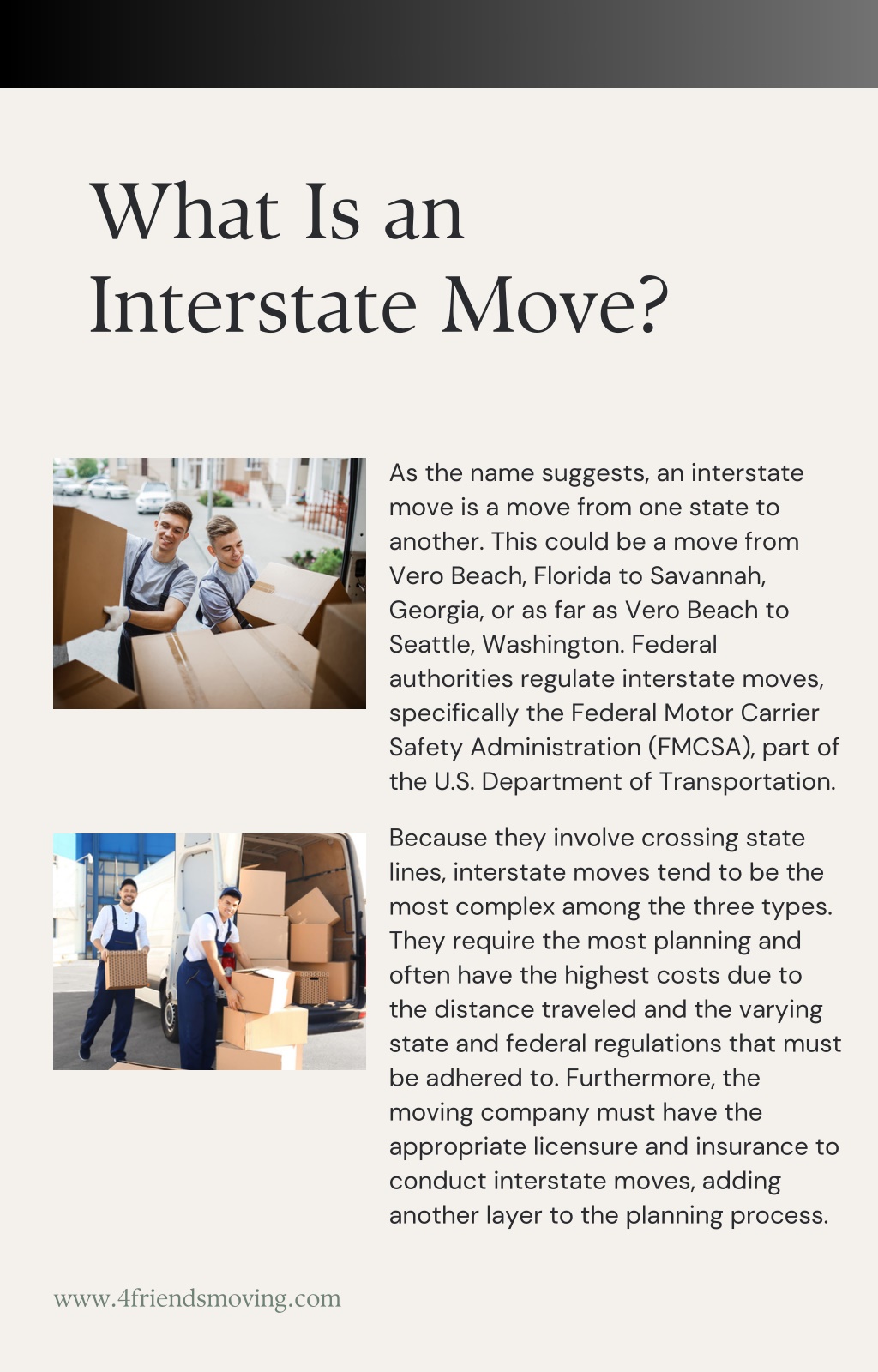If you’re preparing for an interstate move, you probably have a lot of concerns ahead.
Whether you’re moving a small apartment or relocating an entire home, this guide will help you navigate the process confidently.
Let’s dive into the world of interstate relocation and uncover what it really takes to move to another state.
What Makes Interstate Moving Unique?
When you cross state lines, your move falls under federal regulations, typically overseen by the FMCSA (Federal Motor copyright Safety Administration).
For example, some states have agricultural checks, item bans, or specific rules on transporting vehicles.
Most importantly, the logistics are more complex: longer travel times come into play.
Finding the Perfect Cross-State Moving Partner
Sites like Better Business Bureau and FMCSA’s mover search tool are great resources for screening movers.
Compare not just the price, but also the included services: Does the quote cover packing, loading, unloading, insurance, and delivery timeframes?
Finally, evaluate their communication. A leia mais aqui reliable interstate mover should answer your questions clearly, provide a written contract, and offer transparency about the process.
Factors That Influence Interstate Moving Costs
Timing matters too: moving during peak seasons like summer or holidays can drive prices up by 20–30%.
For long-distance moves, some companies offer flat rates, while others charge per pound or cubic foot. Make sure you understand the pricing model before signing.
Planning ahead and informing your moving company about these conditions helps avoid surprise charges on moving day.

Step-by-Step Guide to Organizing a Long-Distance Move
Break tasks into weekly checklists: research movers, declutter your belongings, gather packing materials, and notify schools, banks, and utilities.
Decide what to sell, donate, or discard to reduce weight and save on moving costs. Less volume often translates to lower transport fees, so decluttering pays off.
Finally, prepare an essentials kit for the days surrounding your move.
Understanding Your Moving Options
Not all interstate moving services are the same, and understanding your options helps you choose wisely.
This can be more affordable but requires more personal effort.
Understanding your specific needs ensures you select the best option for a smooth and cost-effective interstate relocation.

How to Prevent Problems During an Interstate Move
Many people wait too long to book movers, only to find limited availability or higher rates.
Always verify USDOT numbers, insurance policies, and read contracts carefully before committing.
Using cheap boxes, skipping labels, or failing to protect fragile items increases the risk of breakage.
Budget-Friendly Strategies for Interstate Relocation
Every extra pound adds to the total bill, so sell, donate, or recycle items you no longer need.
Some movers offer price matching, discounts for flexible dates, or savings for booking during off-peak seasons.
Pack non-fragile items, disassemble simple furniture, or transport valuables in your own vehicle.
Wrapping Up Your Interstate Moving Journey
Whether you’re relocating a small apartment or a full household, understanding the process empowers you to make informed decisions.
Investing time in research, comparing services, and preparing in advance pays off during a long-distance relocation.
Best of luck on your journey to a new home!
FAQ About Interstate Moving
How can I save money on an interstate move?
Comparing multiple quotes and moving during off-peak seasons also helps lower costs.
What’s the best timeline for booking interstate movers?
It’s best to book movers at least 6–8 weeks in advance, especially during busy seasons.
Are there things I can’t include in an interstate move?
Properly disposing or transporting restricted items yourself avoids legal and safety issues.
How is interstate moving insurance calculated?
You can purchase full-value protection for higher-value items or third-party insurance for extra peace of mind.
Can I track my belongings during an interstate move?
Ask your company about their communication methods and tracking options.